Top 5 | Mythological Creatures | Part 5
DRAGON
A dragon is a legendary creature, typically scaled or fire-spewing and with serpentine, reptilian or avian traits, that features in the myths of many cultures around world. The two most well-known cultural traditions of dragon are
The European dragon, derived from European folk traditions and ultimately related to Balkans and Western Asian mythologies. Most are depicted as reptilian creatures with animal-level intelligence, and are uniquely six-limbed (four legs and a separate set of wings).
The Chinese dragon, with counterparts in Japan (namely the Japanese dragon), Korea and other East Asian and South Asian countries. Most are depicted as serpentine creatures with above-average intelligence, and are quadrupeds (four legs and wingless).
The two traditions may have evolved separately, but have influenced each other to a certain extent, particularly with the cross-cultural contact of recent centuries. The English word dragon and Latin word draco derive from Greek δράκων (drákōn), "dragon, serpent of huge size, water-snake"
WEREWOLF
Is a mythological or folkloric human with the ability to shapeshift into a wolf (or, especially in modern film, a therianthropic hybrid wolflike creature), either purposely or after being placed under a curse or affliction (often a bite or scratch from another werewolf). Early sources for belief in this ability or affliction, called lycanthropy /laɪˈkænθrəpi/, are Petronius (27–66) and Gervase of Tilbury (1150–1228).
MINOTAUR
In Greek mythology, the Minotaur was a creature with the head of a bull and the body of a man or, as described by Roman poet Ovid, a being "part man and part bull". The Minotaur dwelt at the center of the Labyrinth, which was an elaborate maze-like construction designed by the architect Daedalus and his son Icarus, on the command of King Minos of Crete. The Minotaur was eventually killed by the Athenian hero Theseus.
The term Minotaur derives from the Ancient Greek Μῑνώταυρος, a compound of the name Μίνως (Minos) and the noun ταύρος "bull", translated as "(the) Bull of Minos". In Crete, the Minotaur was known by the name Asterion, a name shared with Minos' foster-father.
"Minotaur" was originally a proper noun in reference to this mythical figure. The use of "minotaur" as a common noun to refer to members of a generic species of bull-headed creatures developed much later, in 20th-century fantasy genre fiction.
HYDRA
The Hydra is a giant monster that has reptilian appearance and multiple heads. The hydras have a brown color, and the belly between yellow and white. His appearance is that of a reptile, with amber eyes and very sharp teeth.
WILDFIRE
The fatuous fire is an evil being, of an optical nature that lives in swamps and marsh. Its appearance is that of a ball of light with a weak brightness, reason why they can be confused easily by some source of illumination.
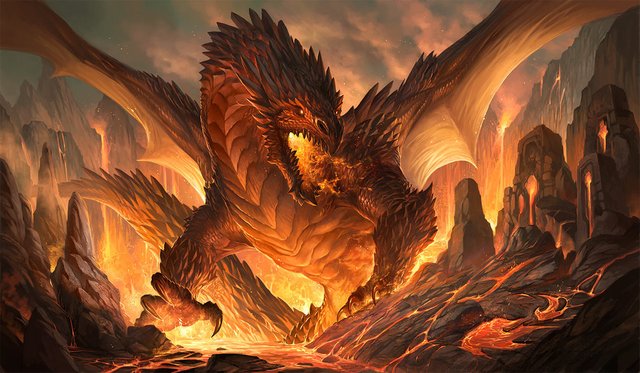
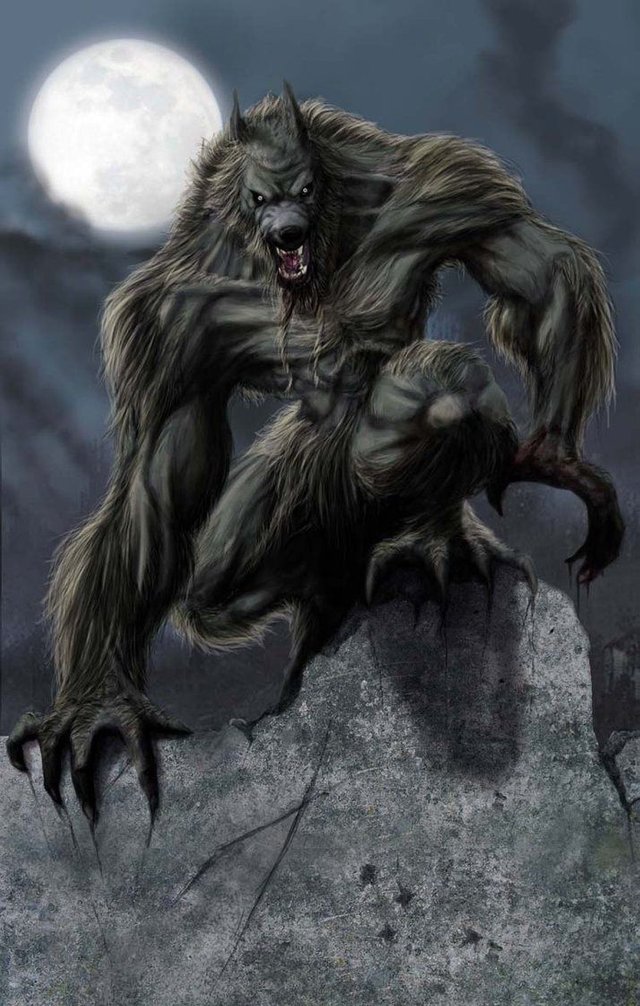
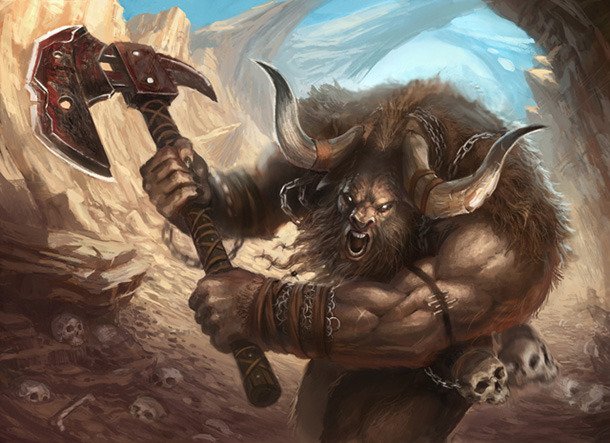
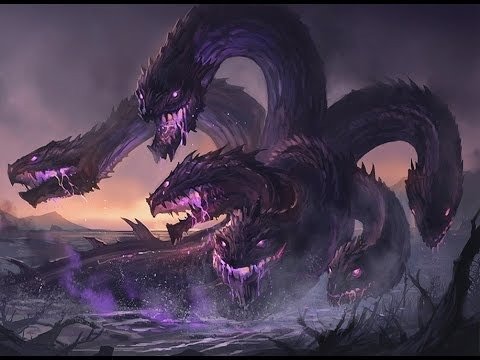
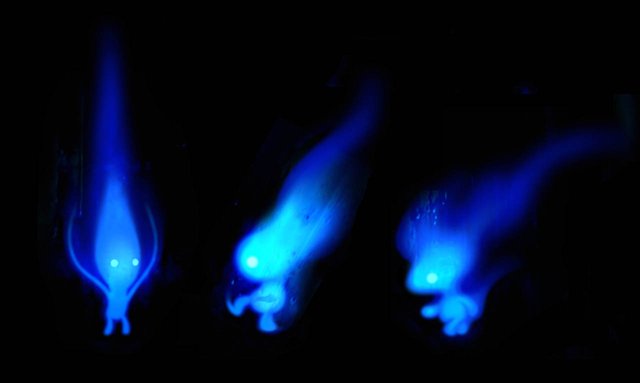
This post has been ranked within the top 50 most undervalued posts in the second half of Aug 17. We estimate that this post is undervalued by $26.44 as compared to a scenario in which every voter had an equal say.
See the full rankings and details in The Daily Tribune: Aug 17 - Part II. You can also read about some of our methodology, data analysis and technical details in our initial post.
If you are the author and would prefer not to receive these comments, simply reply "Stop" to this comment.